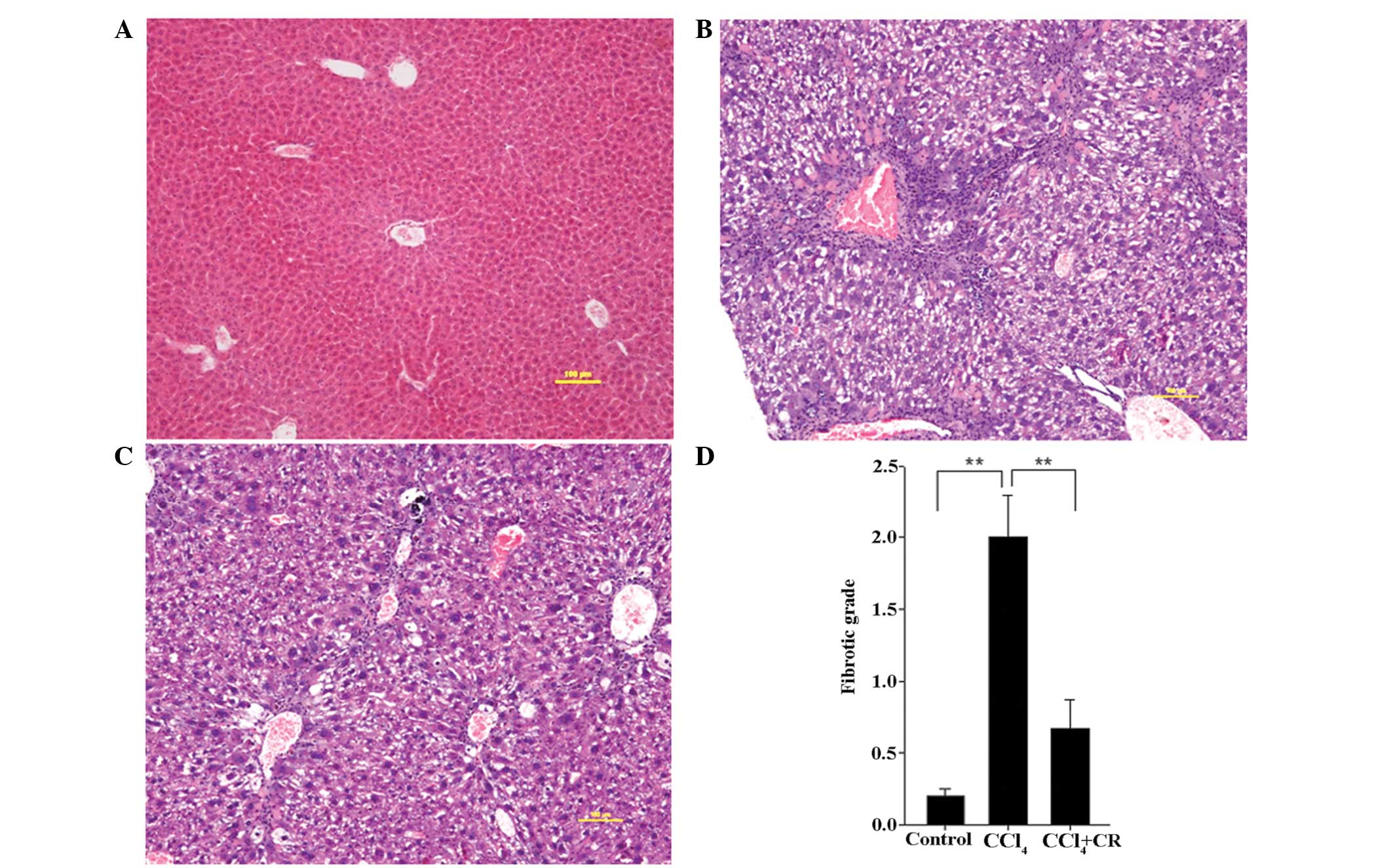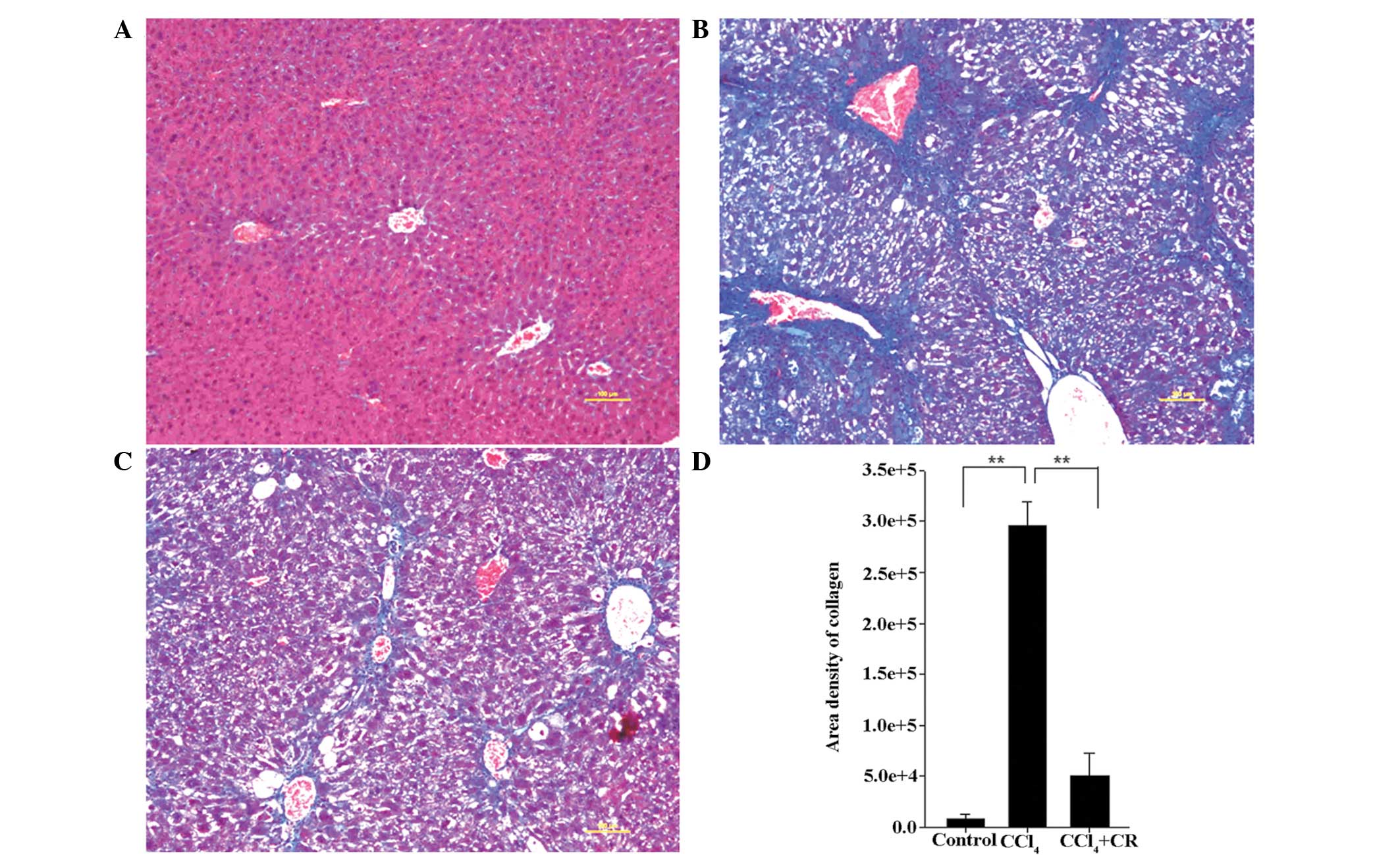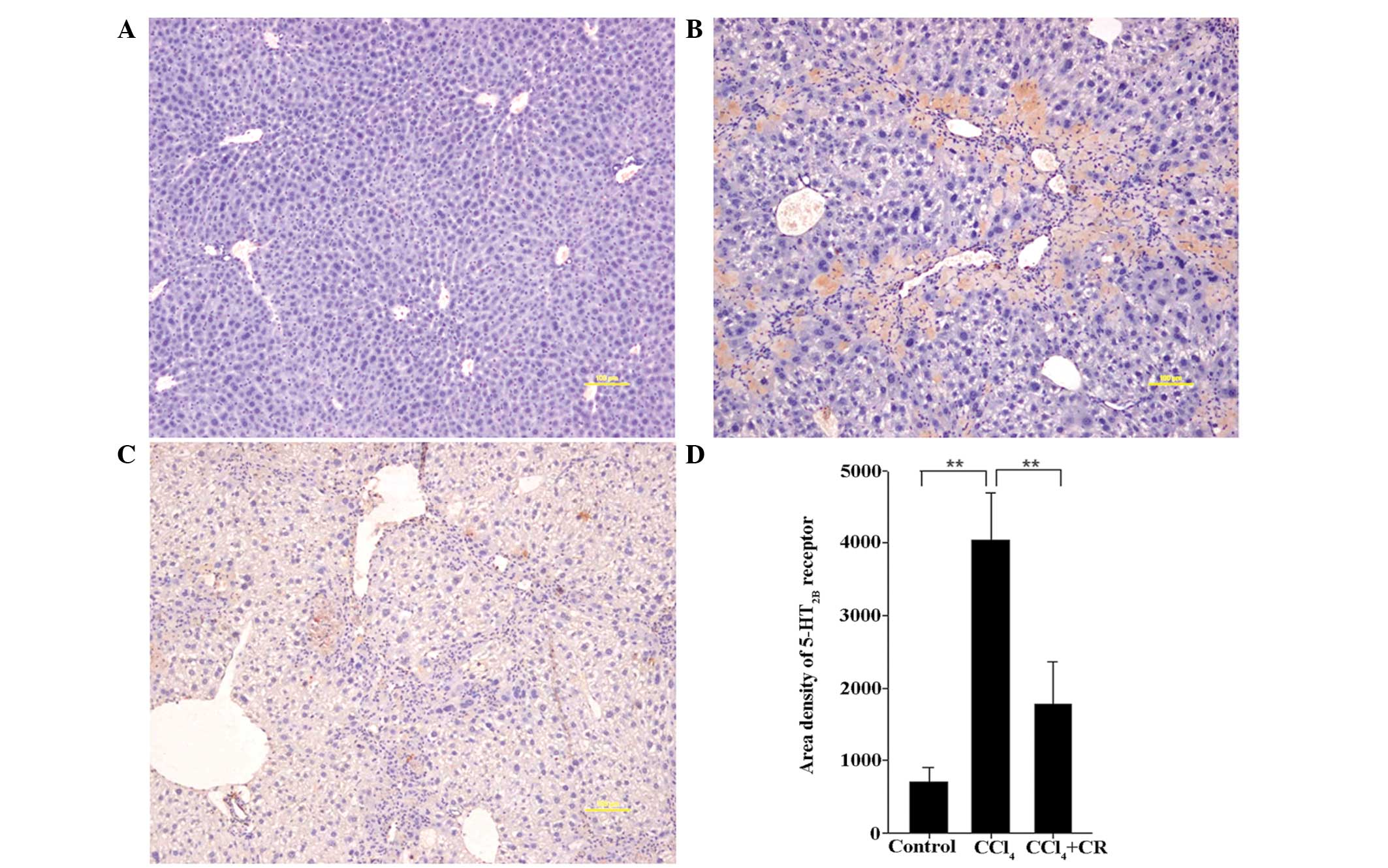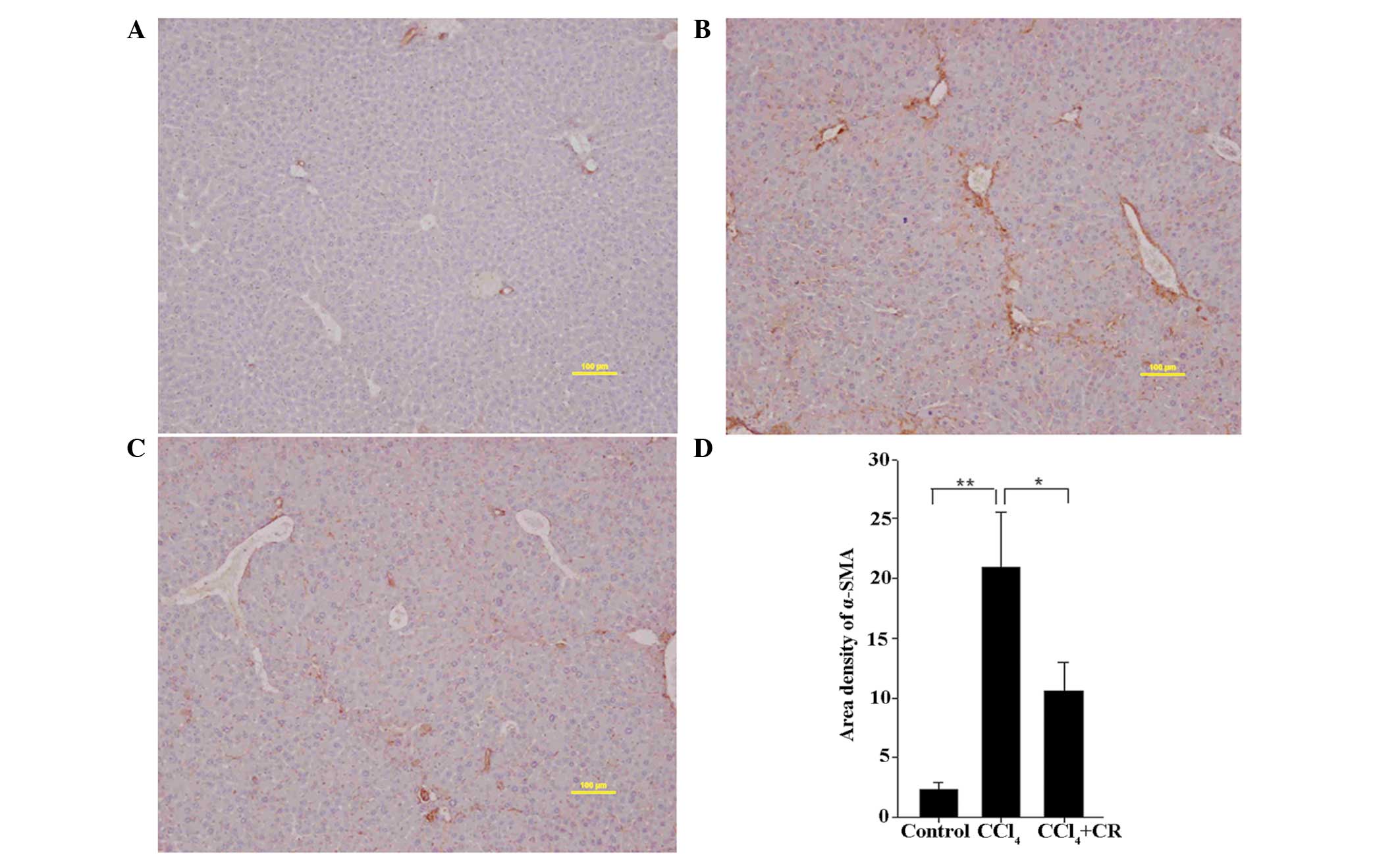|
1
|
Chiba S, Numakawa T, Ninomiya M, Richards
MC, Wakabayashi C and Kunugi H: Chronic restraint stress causes
anxiety- and depression-like behaviors, downregulates
glucocorticoid receptor expression, and attenuates glutamate
release induced by brain-derived neurotrophic factor in the
prefrontal cortex. Prog Neuropsychopharmacol Biol Psychiatry.
39:112–119. 2012. View Article : Google Scholar : PubMed/NCBI
|
|
2
|
Hirose S, Hirayama C and Ikemi Y: The
influence of emotional stress on the liver blood flow. Kyushu J Med
Sci. 12:319–323. 1961.PubMed/NCBI
|
|
3
|
Tissari AH, Argiolas A, Fadda F, Serra G
and Gessa GL: Foot-shock stress accelerates non-striatal dopamine
synthesis without activating tyrosine hydroxylase. Naunyn
Schmiedebergs Arch Pharmacol. 308:155–157. 1979. View Article : Google Scholar : PubMed/NCBI
|
|
4
|
Chida Y, Sudo N, Sonoda J, Sogawa H and
Kubo C: Electric foot shock stress-induced exacerbation of
α-galactosylceramide-triggered apoptosis in mouse liver.
Hepatology. 39:1131–1140. 2004. View Article : Google Scholar : PubMed/NCBI
|
|
5
|
Kim JG, Jung HS, Kim KJ, Min SS and Yoon
BJ: Basal blood corticosterone level is correlated with
susceptibility to chronic restraint stress in mice. Neurosci Lett.
555:137–142. 2013. View Article : Google Scholar : PubMed/NCBI
|
|
6
|
Golub MS, Campbell MA, Kaufman FL, Iyer P,
Li LH, Donald JM and Morgan JE: Effects of restraint stress in
gestation: Implications for rodent developmental toxicology
studies. Birth Defects Res B Dev Reprod Toxicol. 71:26–36. 2004.
View Article : Google Scholar : PubMed/NCBI
|
|
7
|
Panuganti SD, Khan FD and Svensson CK:
Enhanced xenobiotic-induced hepatotoxicity and Kupffer cell
activation by restraint-induced stress. J Pharmacol Exp Ther.
318:26–34. 2006. View Article : Google Scholar : PubMed/NCBI
|
|
8
|
Ebrahimkhani MR, Oakley F, Murphy LB, Mann
J, Moles A, Perugorria MJ, Ellis E, Lakey AF, Burt AD, Douglass A,
et al: Stimulating healthy tissue regeneration by targeting the
5-HT2B receptor in chronic liver disease. Nat Med.
17:1668–1673. 2011. View
Article : Google Scholar : PubMed/NCBI
|
|
9
|
Fujiwara K, Ogata I, Ohta Y, Hayashi S,
Mishiro S, Takatsuki K, Sato Y, Yamada S, Hirata K, Oka H, et al:
Decreased collagen accumulation by a prolyl hydroxylase inhibitor
in pig serum-induced fibrotic rat liver. Hepatology. 8:804–807.
1988. View Article : Google Scholar : PubMed/NCBI
|
|
10
|
Feliu J, Mel JR, Camps C, Escudero P,
Aparicio J, Menéndez D, García Girón C, Rodriguez MR, Sánchez JJ
and González Barón M: Oncopaz Cooperative Group Associated
Hospitals: Raltitrexed in the treatment of elderly patients with
advanced colorectal cancer: an active and low toxicity regimen. Eur
J Cancer. 38:1204–1211. 2002. View Article : Google Scholar : PubMed/NCBI
|
|
11
|
Segerstrom SC and Miller GE: Psychological
stress and the human immune system: A meta-analytic study of 30
years of inquiry. Psychol Bull. 130:601–630. 2004. View Article : Google Scholar : PubMed/NCBI
|
|
12
|
Steingrub JS: Pregnancy-associated severe
liver dysfunction. Critical Care Clinics. 20:763–776. 2004.
View Article : Google Scholar : PubMed/NCBI
|
|
13
|
Chida Y, Sudo N and Kubo C: Does stress
exacerbate liver diseases? J Gastroenterol Hepatol. 21:202–208.
2006. View Article : Google Scholar : PubMed/NCBI
|
|
14
|
Swain MG: Stress and hepatic inflammation.
Am J Physiol Gastrointest Liver Physiol. 279:G1135–G1138.
2000.PubMed/NCBI
|
|
15
|
Gonzalez-Aseguinolaza G, de Oliveira C,
Tomaska M, Hong S, Bruna-Romero O, Nakayama T, Taniguchi M,
Bendelac A, Van Kaer L, Koezuka Y and Tsuji M:
α-Galactosylceramide-activated Vα14 natural killer T cells mediate
protection against murine malaria. Proc Natl Acad Sci USA.
97:8461–8466. 2000. View Article : Google Scholar : PubMed/NCBI
|
|
16
|
Kakimi K, Guidotti LG, Koezuka Y and
Chisari FV: Natural killer T cell activation inhibits hepatitis B
virus replication in vivo. J Exp Med. 192:921–930. 2000. View Article : Google Scholar : PubMed/NCBI
|
|
17
|
Ishigami M, Nishimura H, Naiki Y, Yoshioka
K, Kawano T, Tanaka Y, Taniguchi M, Kakumu S and Yoshikai Y: The
roles of intrahepatic Valpha14(+) NK1.1(+) T
cells for liver injury induced by Salmonella infection in mice.
Hepatology. 29:1799–1808. 1999. View Article : Google Scholar : PubMed/NCBI
|
|
18
|
Nuti S, Rosa D, Valiante NM, Saletti G,
Caratozzolo M, Dellabona P, Barnaba V and Abrignani S: Dynamics of
intra-hepatic lymphocytes in chronic hepatitis C: Enrichment for
Valpha24+ T cells and rapid elimination of effector
cells by apoptosis. Eur J Immunol. 28:3448–3455. 1998. View Article : Google Scholar : PubMed/NCBI
|
|
19
|
Chida Y, Sudo N, Motomura Y and Kubo C:
Electric foot-shock stress drives TNF-alpha production in the liver
of IL-6-deficient mice. Neuroimmunomodulation. 11:419–424. 2004.
View Article : Google Scholar : PubMed/NCBI
|
|
20
|
Fernández G, Mena MP, Arnau A, Sánchez O,
Soley M and Ramirez I: Immobilization stress induces c-Fos
accumulation in liver. Cell Stress Chaperones. 5:306–312. 2000.
View Article : Google Scholar : PubMed/NCBI
|
|
21
|
Hilakivi-Clarke L and Dickson RB: Stress
influence on development of hepatocellular tumors in transgenic
mice overexpressing TGF alpha. Acta Oncol. 34:907–912. 1995.
View Article : Google Scholar : PubMed/NCBI
|
|
22
|
Wu W, Yamaura T, Murakami K, Murata J,
Matsumoto K, Watanabe H and Saiki I: Social isolation stress
enhanced liver metastasis of murine colon 26-L5 carcinoma cells by
suppressing immune responses in mice. Life Sci. 66:1827–1838. 2000.
View Article : Google Scholar : PubMed/NCBI
|
|
23
|
Wu W, Murata J, Murakami K, Yamaura T,
Hayashi K and Saiki I: Social isolation stress augments
angiogenesis induced by colon 26-L5 carcinoma cells in mice. Clin
Exp Metastasis. 18:1–10. 2000. View Article : Google Scholar : PubMed/NCBI
|
|
24
|
Wu W, Yamaura T, Murakami K, Ogasawara M,
Hayashi K, Murata J and Saiki I: Involvement of TNF-alpha in
enhancement of invasion and metastasis of colon 26-L5 carcinoma
cells in mice by social isolation stress. Oncol Res. 11:461–469.
1999.PubMed/NCBI
|
|
25
|
Charmandari E, Achermann JC, Carel JC,
Soder O and Chrousos GP: Stress response and child health. Sci
Signal. 5:mr12012. View Article : Google Scholar : PubMed/NCBI
|
|
26
|
McEwen BS, Biron CA, Brunson KW, Bulloch
K, Chambers WH, Dhabhar FS, Goldfarb RH, Kitson RP, Miller AH,
Spencer RL and Weiss JM: The role of adrenocorticoids as modulators
of immune function in health and disease: Neural, endocrine and
immune interactions. Brain Res Brain Res Rev. 23:79–133. 1997.
View Article : Google Scholar : PubMed/NCBI
|



















